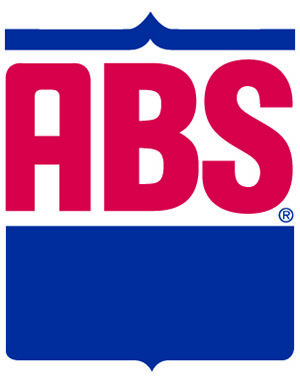The complexity of our nation’s economic crisis is truly dizzying. I’m sure a decade or more from now there will be books and volumes of research published about the root cause of this mess. But does anyone know what is the real cause of all our troubles?
Credit derivatives? The housing market? Frozen credit? Greediness on Wall Street? Right now picking a cause seems more like plucking randomly a domino from among the fallen line-up. We may know which one fell first. But what pushed it? I hope we know one day.In my opinion, more important than analyzing the most recent economic events to place blame is to analyze them to rebuild. The same should be said for the dairy industry. What is the real cause of all our problems? Diminished demand? Too many cows? Too many heifers? Not enough supply control?
CWT has announced it will complete another herd retirement soon. (click here for details.) But last month while at the Western Dairy Management Conference in Reno, Nevada, I saw a sobering analysis of one piece of our supply puzzle –heifer availability. Calves bred by sexed semen and born last year will add an extra 161,000 to the ranks entering milking herds in 2010. The presenter said these heifers could decrease milk prices per hundredweight by .40 cents in 2010.
To this day our industry has managed cow populations with the assumption that replacement numbers would remain relatively fixed. Sexed semen has changed that. Replacement availability is no longer a check against national herd expansion. I’ve recently heard of producers who have half-jokingly suggested that in addition to a check-off assessment to cull cows we should also have one to pay semen companies not to sell sexed semen. So one question that must be considered in rebuilding is how do we manage supply, cows and heifers, in the future?
Our window for implementing sweeping changes may have already passed because we didn’t have a plan on the table when producers were angry enough to talk about even the most drastic of options in February and March. Yet before we forget how stressful it is to produce milk at a cost of $5 more than it sells for, let’s start a discussion about our supply management programs.
Western United Dairymen members had those discussions in town hall meetings last month. Their CEO Michael Marsh said producers have even put a Canadian-like quota system on the table for discussion, although he says it didn’t take much explanation of its pluses and minuses for producers to abandon support for it. They’re talking about different options. Our industry needs more of that. We need to ask: What would we do different if we could?
As dairy market analyst Mary Ledman said to producers in Reno, any plan will have to address all segments of the industry, including producers and processors. Creating a plan now will make it more likely that when this situation comes around again – and it’s possible it could again soon – we’re ready to talk about it then.
But for now we will have to accept using the current cull program and possibly borrowing to expand it big enough to make it effective. Maybe if we have another downturn soon enough and our credit limit is exhausted we will be even more desperate to create some other supply management options.
Walt Cooley, Editor
walt@progressivedairy.com




